Serenity radiates through this Mexican home, set between two ravines
On the cusp of a lakeside town, Mexican home Casa el Espino is a single-storey residence by Soler Orozco Arquitectos (SOA)
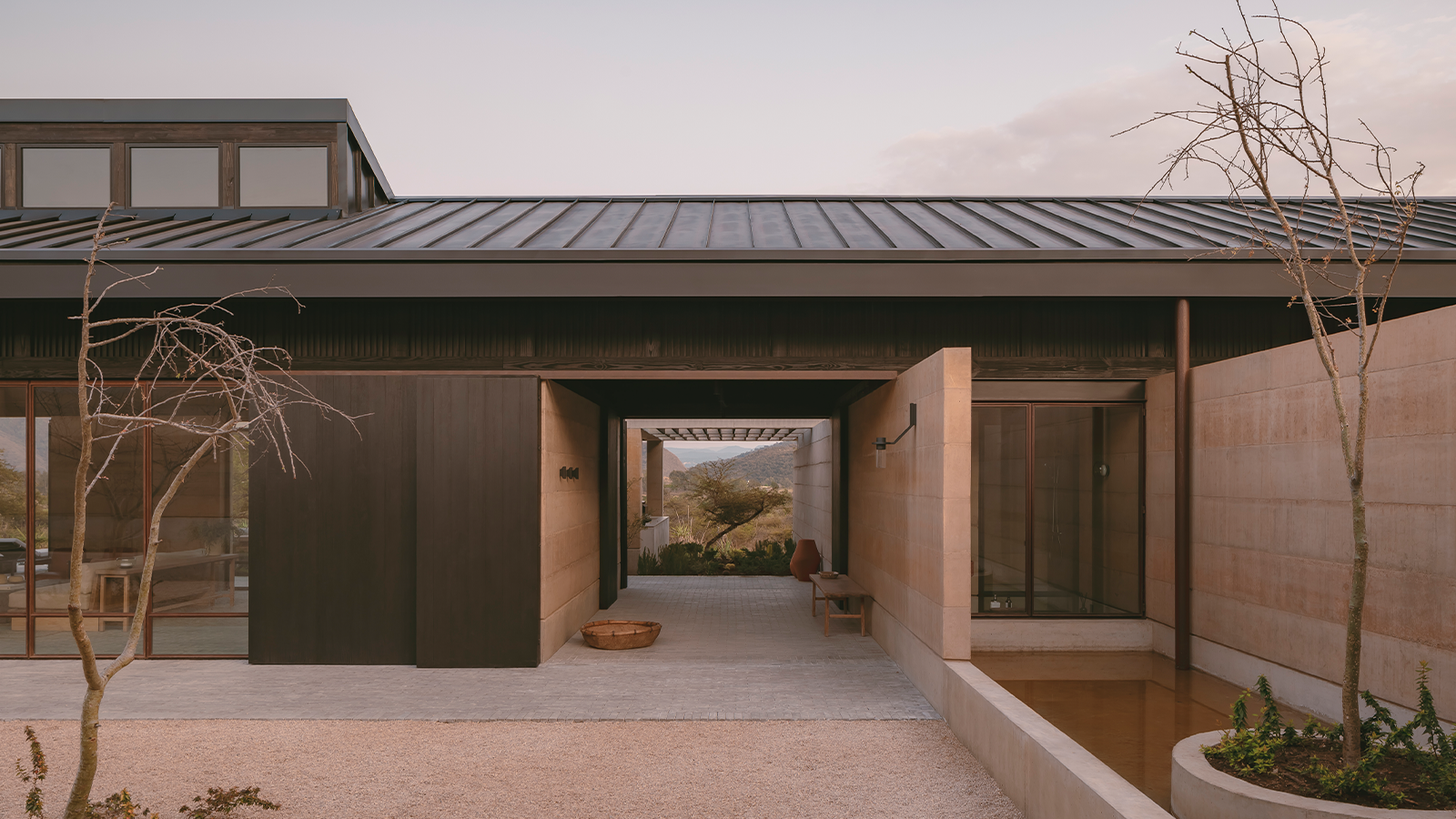
Mexican home Casa el Espino sits on a gentle slope nestled between two ravines that connect a pine forest with a lowland jungle. The residence sits on the cusp of Valle de Bravo, a small town on Lake Avándaro, west of Mexico City. The project was designed by Mexican architecture firm Soler Orozco Arquitectos (SOA), with interiors by Dirección, and was designed to take its cues from its surroundings.
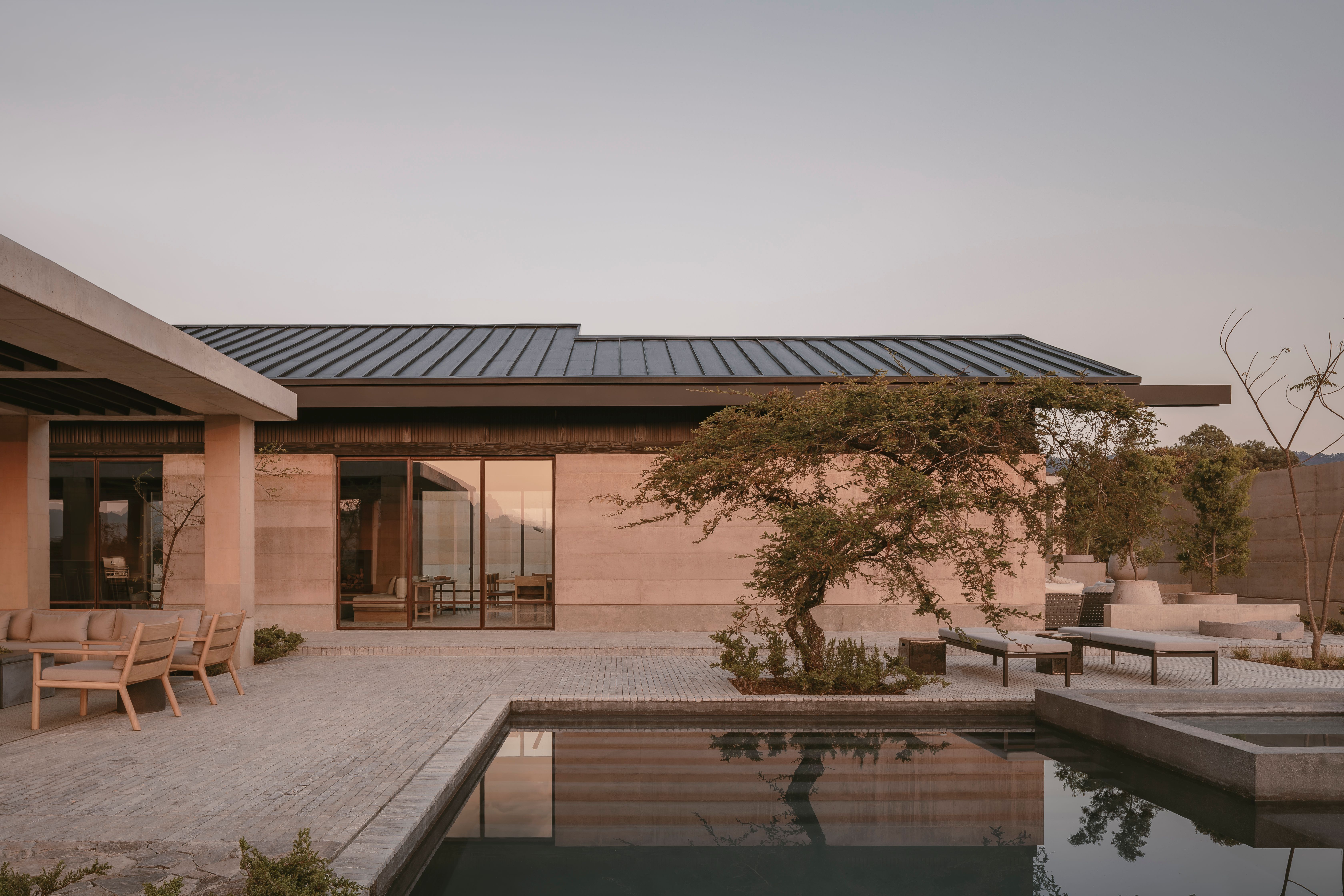
Discover the inspiration behind this tranquil Mexican home
‘Our inspiration was the territory, the landscape and the topography. We focused on how to position the project over and into the ravine and how to integrate the territory in the project through the colours of the earth, the framing of the views and a serene sense of place,’ explain the architects at SOA.
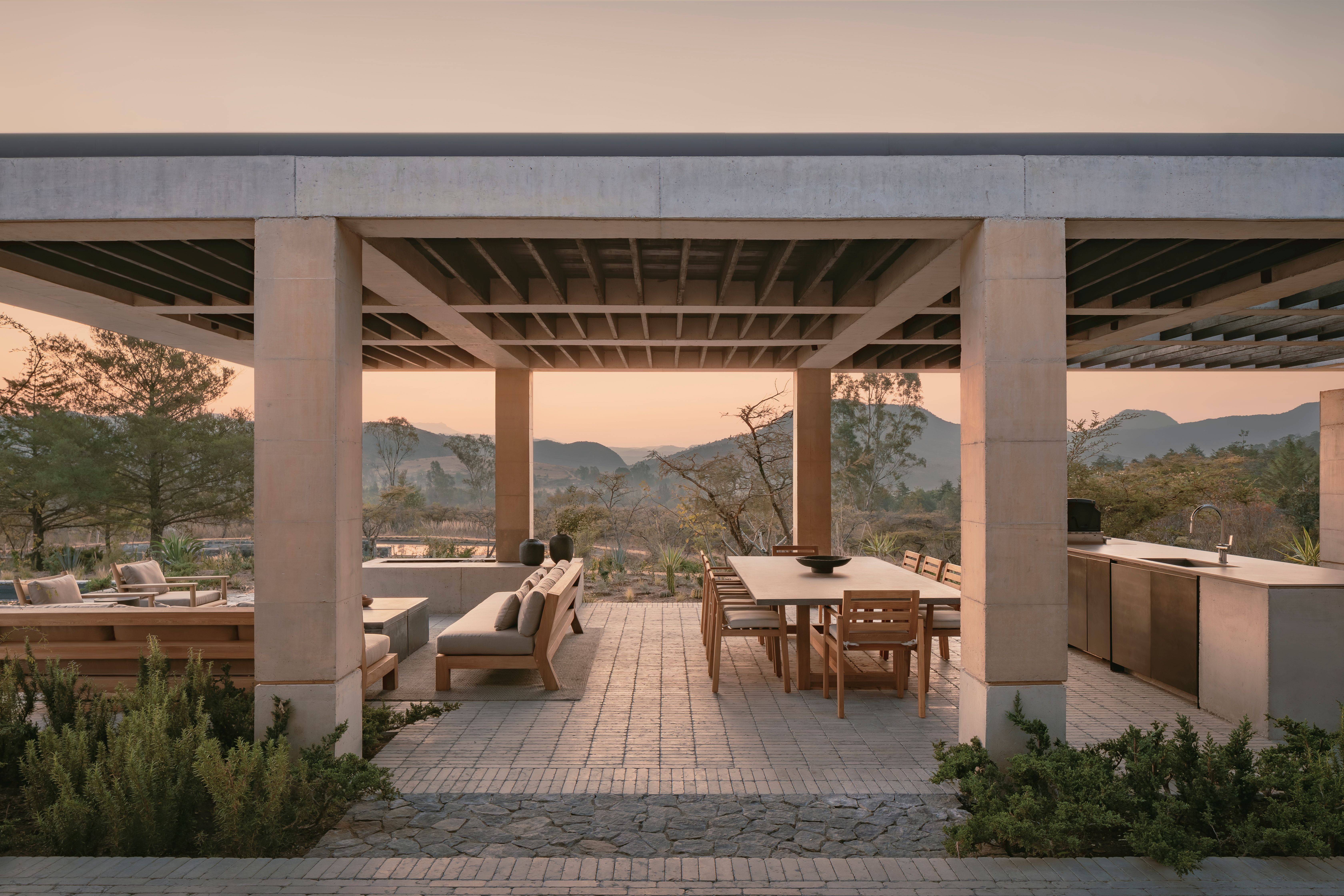
The residence sits all on one level and each material element reflects the surrounding landscape and was chosen for its timeless quality, such as concrete, stone, and wood. The design balances shadow and light creating a warm, yet cooling space. Anchoring the home is an espino tree which survived construction and stands tall between the terrace and pool.
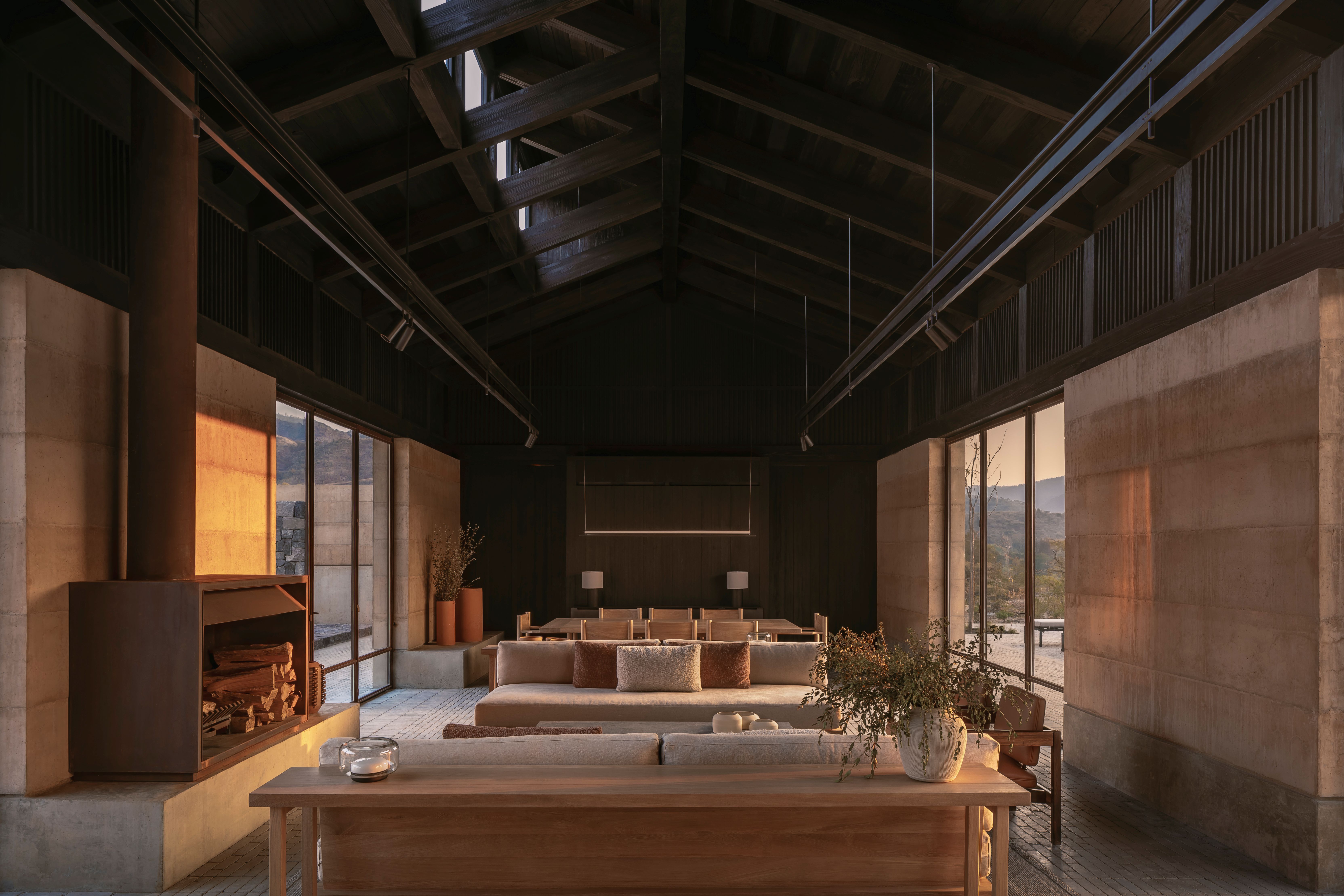
Entering through the courtyard area, the house unfolds in a series of flowing interiors. To begin, the kitchen, dining and living area seamlessly blend into each other, allowing for an open social hub. The furniture reflects the architecture with sofas and tables crafted from linen, cotton and stone, adding to the raw and honest space.
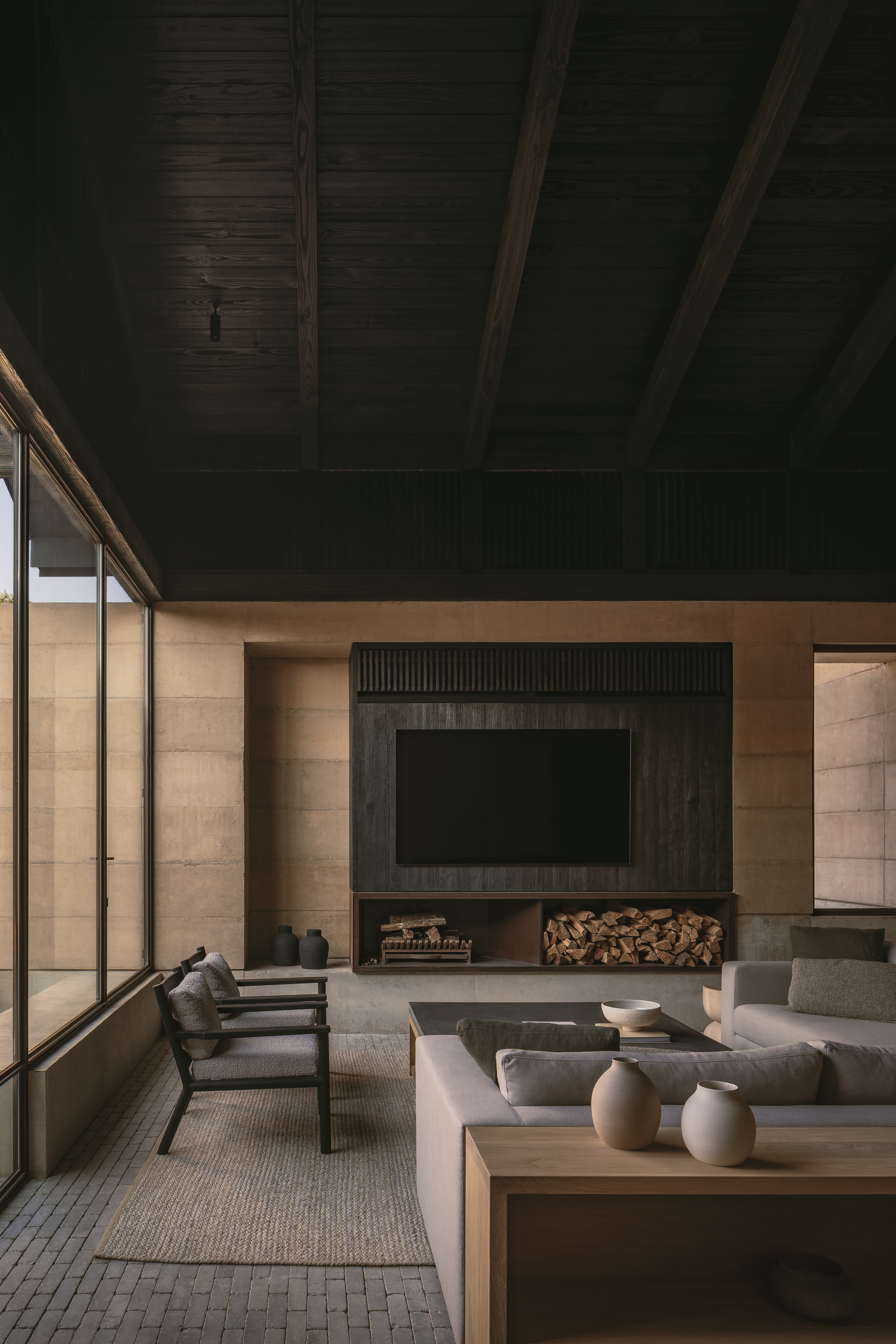
This entry sequence is the architects’ favourite element in the space, they explain to Wallpaper*: ‘This is the point when you enter the house and you have a first glance of the landscape framed in its entirety by the architecture. The hall acts as a divide between the public and the private areas, making it a core space of the house.’
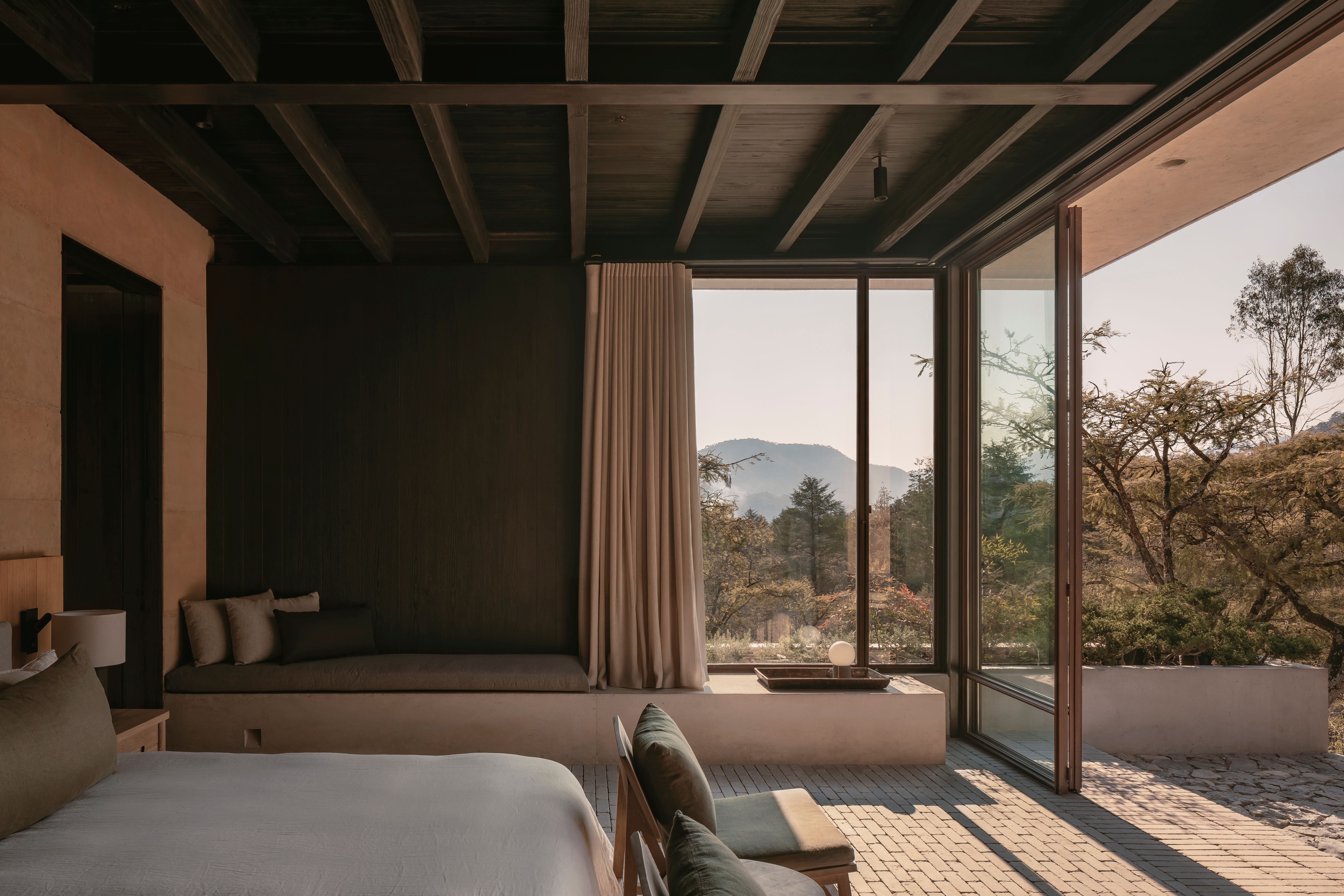
A flat-roofed volume organises three bedrooms along a corridor. The primary suite takes in its ravine vista, while at the opposite end of the corridor, is a covered terrace overlooking a rain-fed water feature.
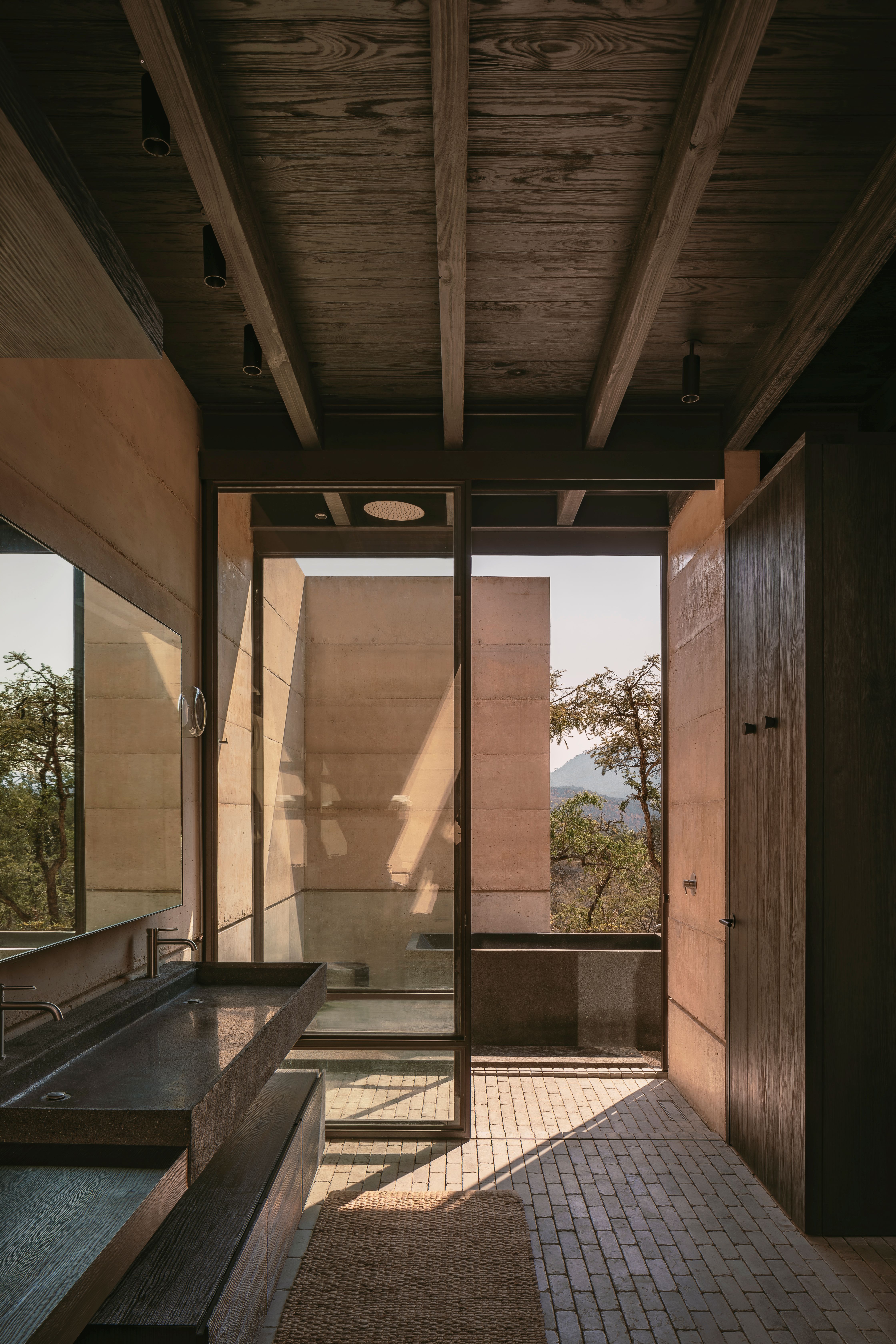
On the other side of the central courtyard is the guest pavilion with two bedrooms. The atmosphere is cool and calm, rooted in raw honesty with a hint of brutalist flair, with grey stone underfoot and the cocooning tactility of the interior walls.
Receive our daily digest of inspiration, escapism and design stories from around the world direct to your inbox.
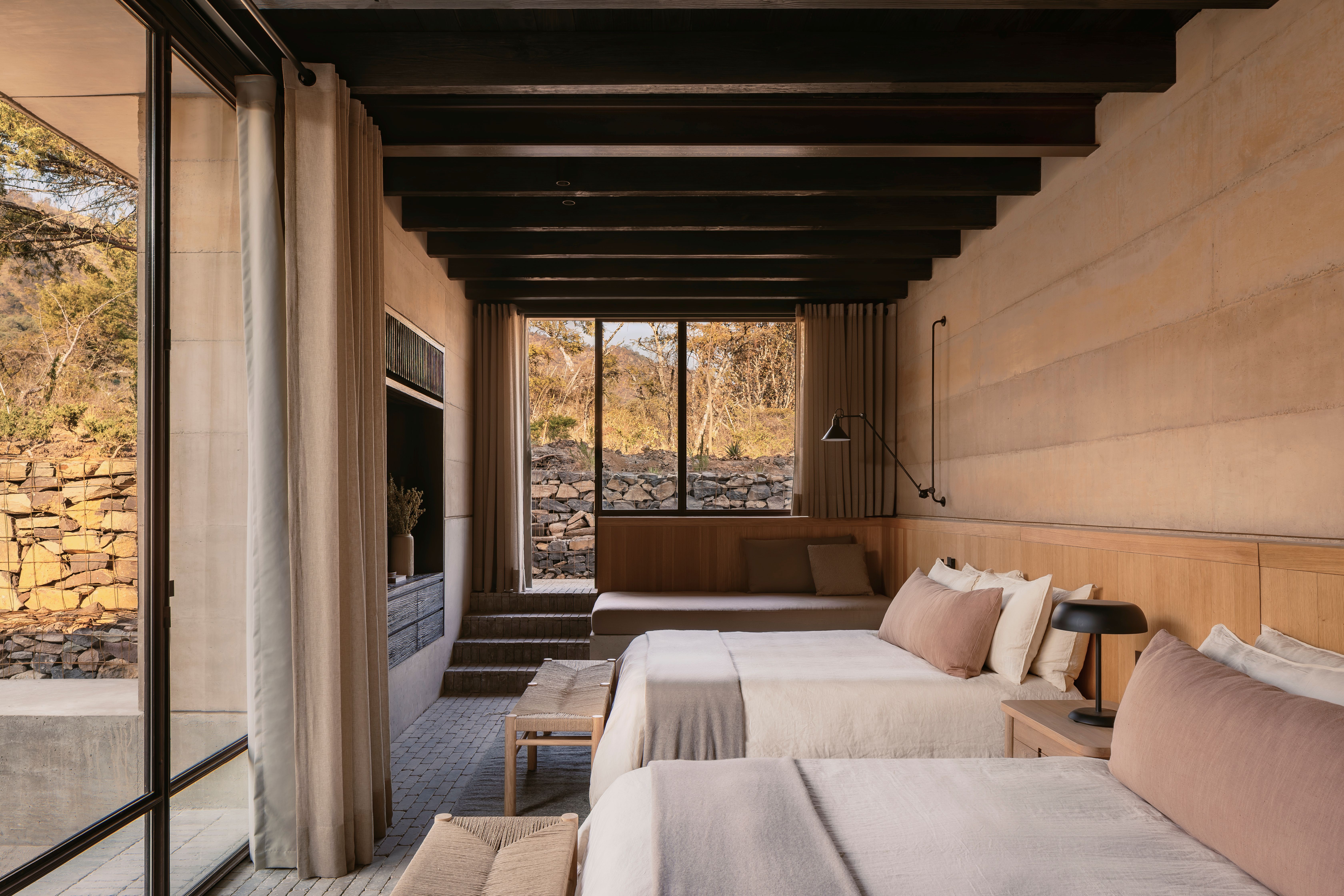
‘We want visitors to feel a sense of discovery of the place and the project itself, say the architects. ‘They should feel a sense of human scale, a calm, welcoming space where the architecture, the interiors and the landscape are integrated through spatial composition and a thorough selection of materials.’
Tianna Williams is Wallpaper’s staff writer. When she isn’t writing extensively across varying content pillars, ranging from design and architecture to travel and art, she also helps put together the daily newsletter. She enjoys speaking to emerging artists, designers and architects, writing about gorgeously designed houses and restaurants, and day-dreaming about her next travel destination.
-
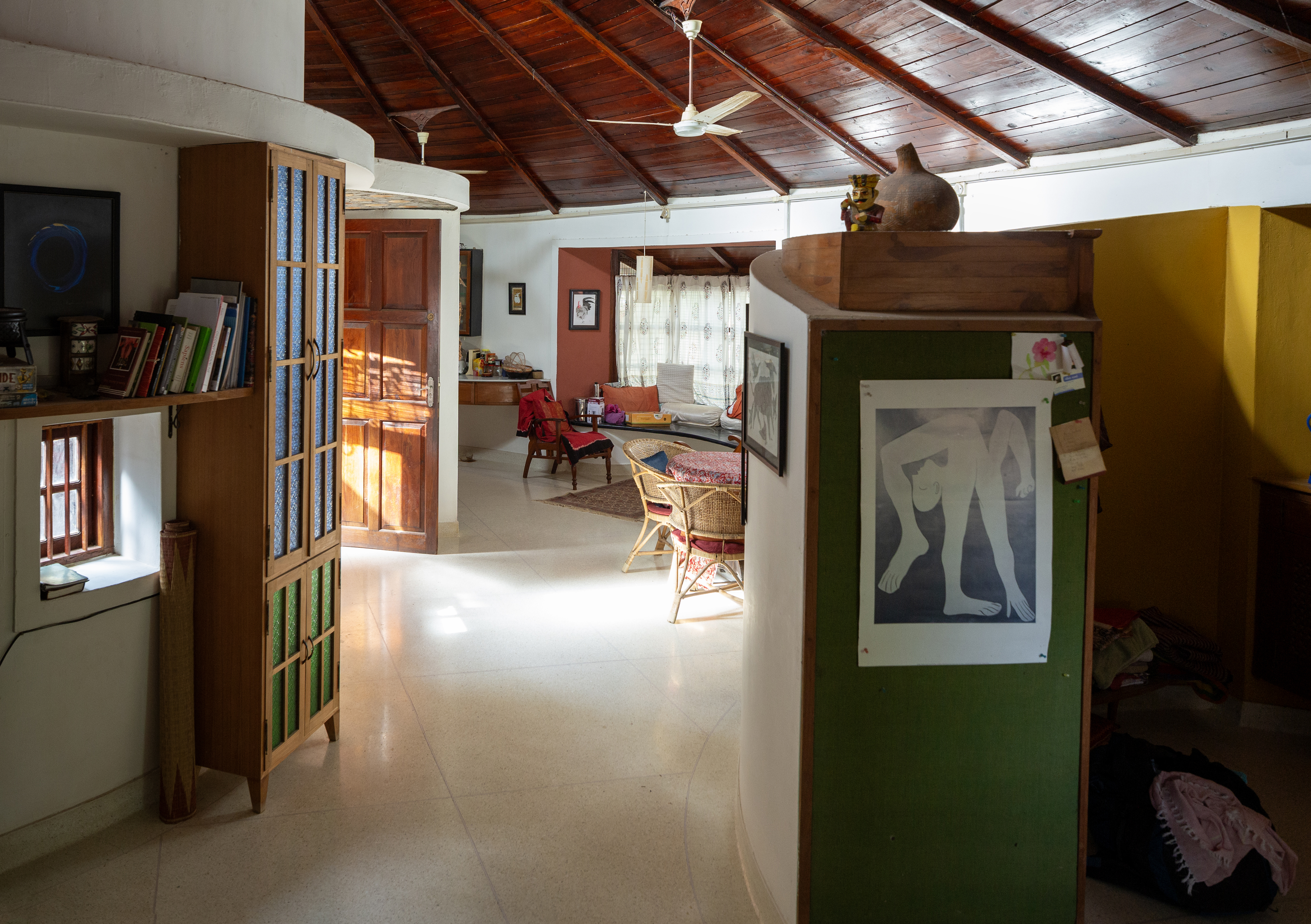 Inside a creative couple's magical, circular Indian home, 'like a fruit'
Inside a creative couple's magical, circular Indian home, 'like a fruit'We paid a visit to architect Sandeep Virmani and social activist Sushma Iyengar at their circular home in Bhuj, India; architect, writer and photographer Nipun Prabhakar tells the story
-
 Ten of the best track jackets for channelling a 1970s-meets-1990s cool
Ten of the best track jackets for channelling a 1970s-meets-1990s coolAs a ‘Marty Supreme’ track jacket makes a bid for viral garment of 2025 – thanks to one Timothée Chalamet – the Wallpaper* style team selects ten of the best tracksuit and coach jackets for men and women, each encapsulating an easy, nostalgia-tinged elegance
-
 Eight questions for Bianca Censori, as she unveils her debut performance
Eight questions for Bianca Censori, as she unveils her debut performanceBianca Censori has presented her first exhibition and performance, BIO POP, in Seoul, South Korea
-
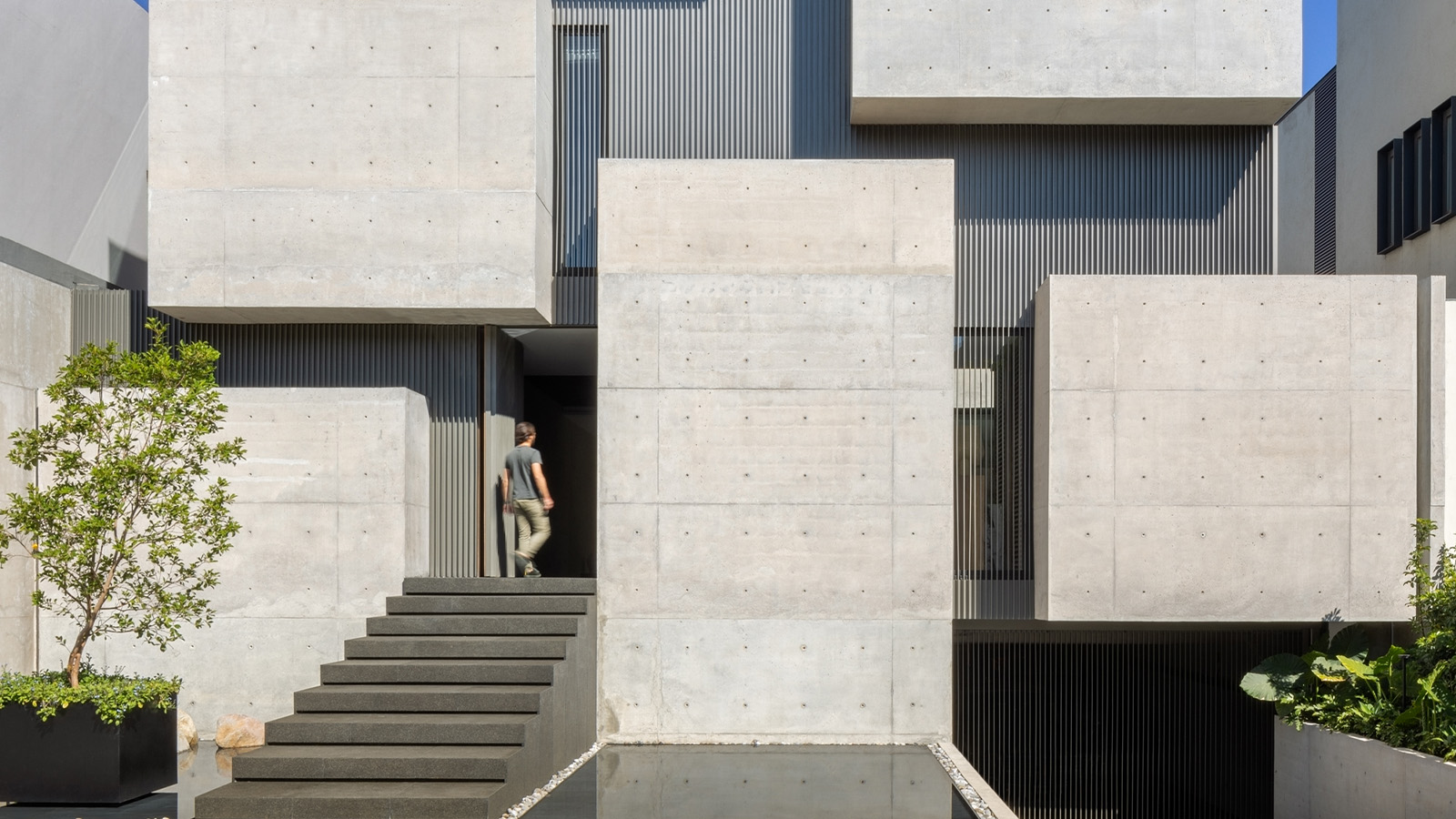 A cubist house rises in Mexico City, its concrete volumes providing a bold urban refuge
A cubist house rises in Mexico City, its concrete volumes providing a bold urban refugeCasa Ailes, a cubist house by Jaime Guzmán Creative Group, is rich in architectural expression that mimics the dramatic and inviting nature of a museum
-
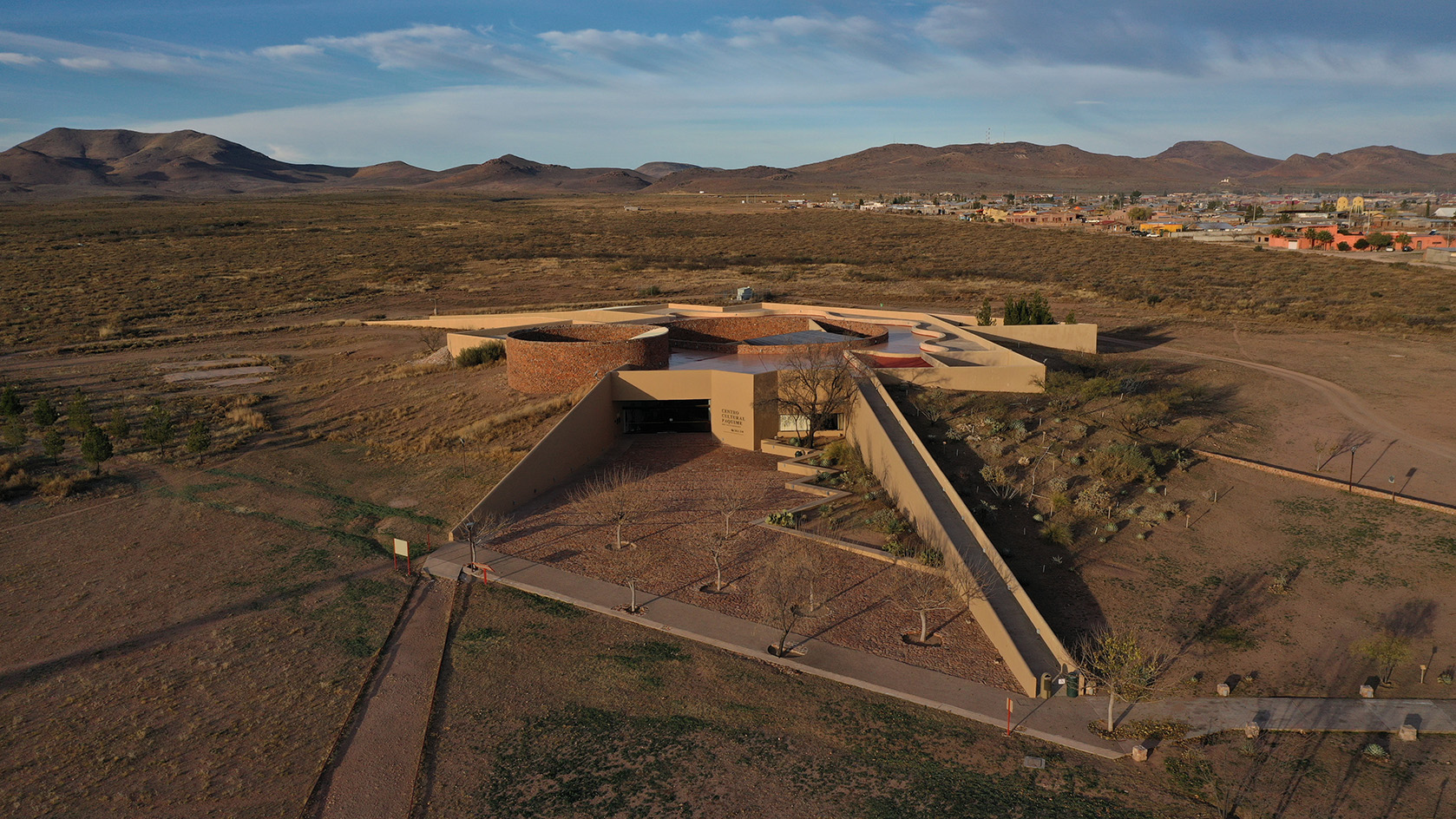 Mexican landscape architect Mario Schjetnan's Grupo de Diseño wins 2025 Oberlander Prize
Mexican landscape architect Mario Schjetnan's Grupo de Diseño wins 2025 Oberlander PrizeThe 2025 Oberlander Prize goes to Mexican landscape architect Mario Schjetnan and his studio, Grupo de Diseño, highlighting the creative's motto: 'We have a human right to open space'
-
 The Architecture Edit: Wallpaper’s houses of the month
The Architecture Edit: Wallpaper’s houses of the monthThis September, Wallpaper highlighted a striking mix of architecture – from iconic modernist homes newly up for sale to the dramatic transformation of a crumbling Scottish cottage. These are the projects that caught our eye
-
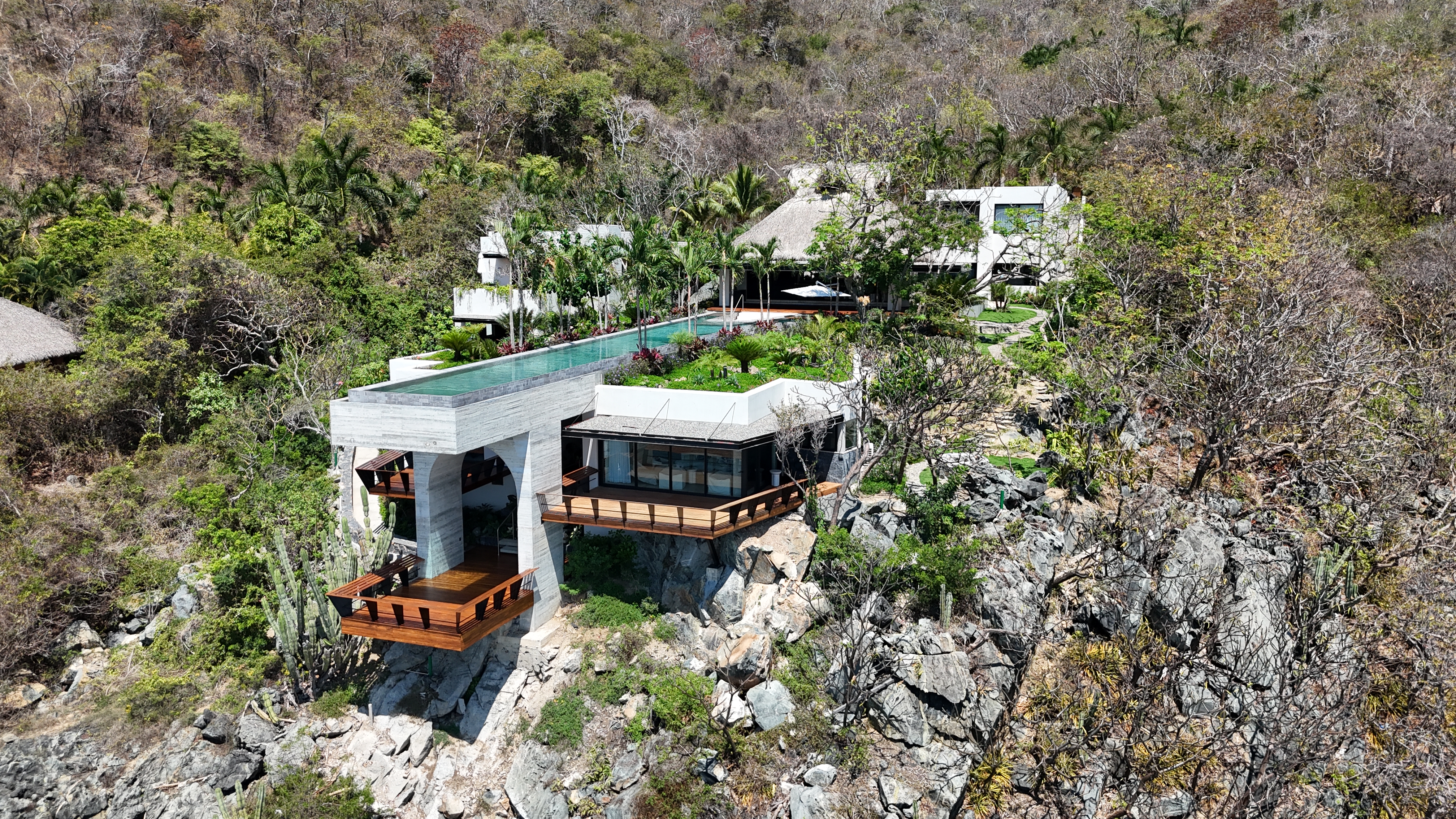 A Mexican clifftop retreat offers both drama, and a sense of place
A Mexican clifftop retreat offers both drama, and a sense of placeCasa Piscina del cielo, a clifftop retreat by Zozaya Arquitectos, creates the perfect blend of drama and cosiness on Mexico's Pacific Coast
-
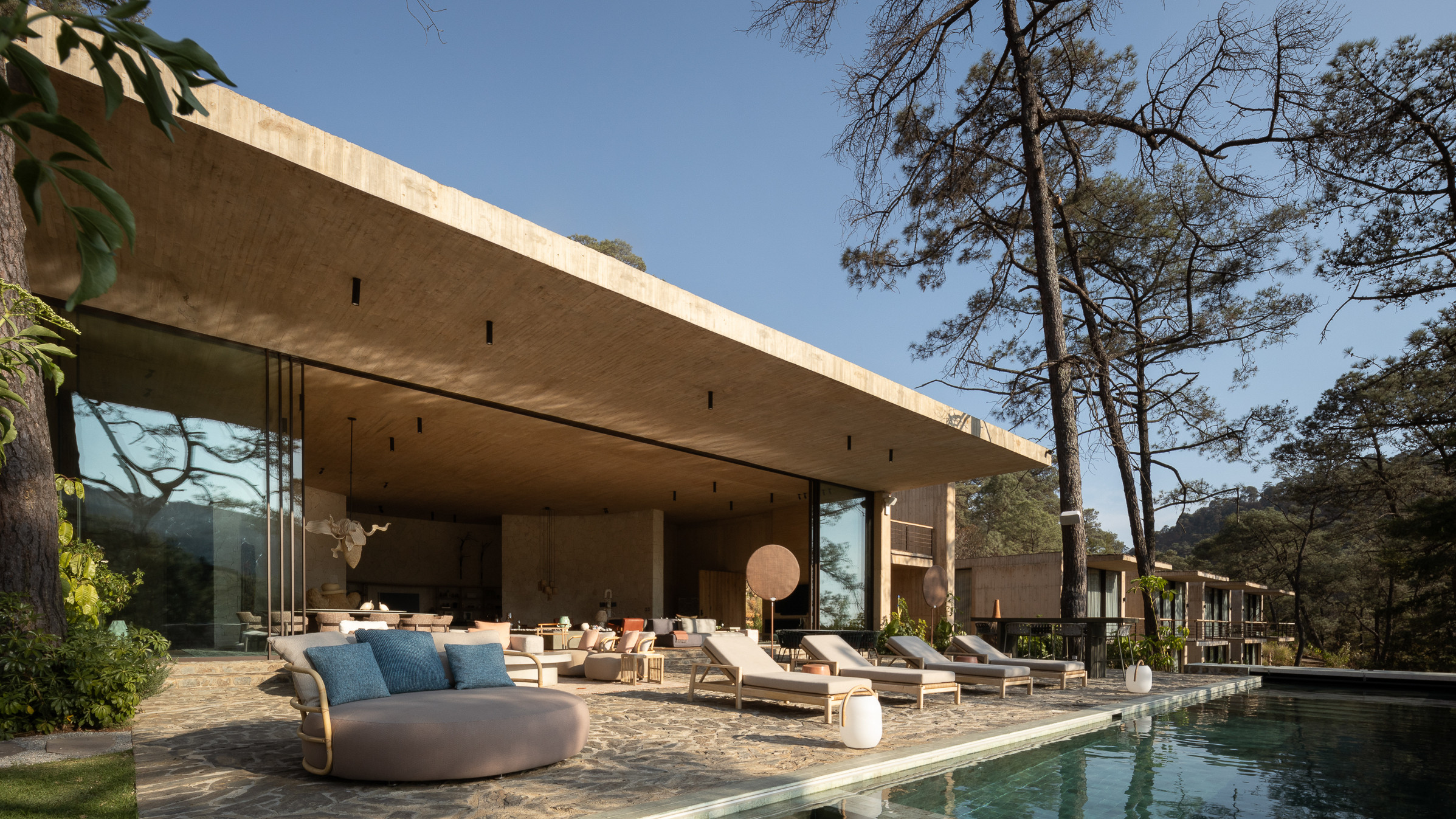 Broken up into six pavilions, this brutalist Mexican house is embedded in the landscape
Broken up into six pavilions, this brutalist Mexican house is embedded in the landscapeSordo Madaleno’s brutalist Mexican house, Rancho del Bosque, is divided up into a series of pavilions to preserve the character of its hillside site, combining concrete, curves and far-reaching views
-
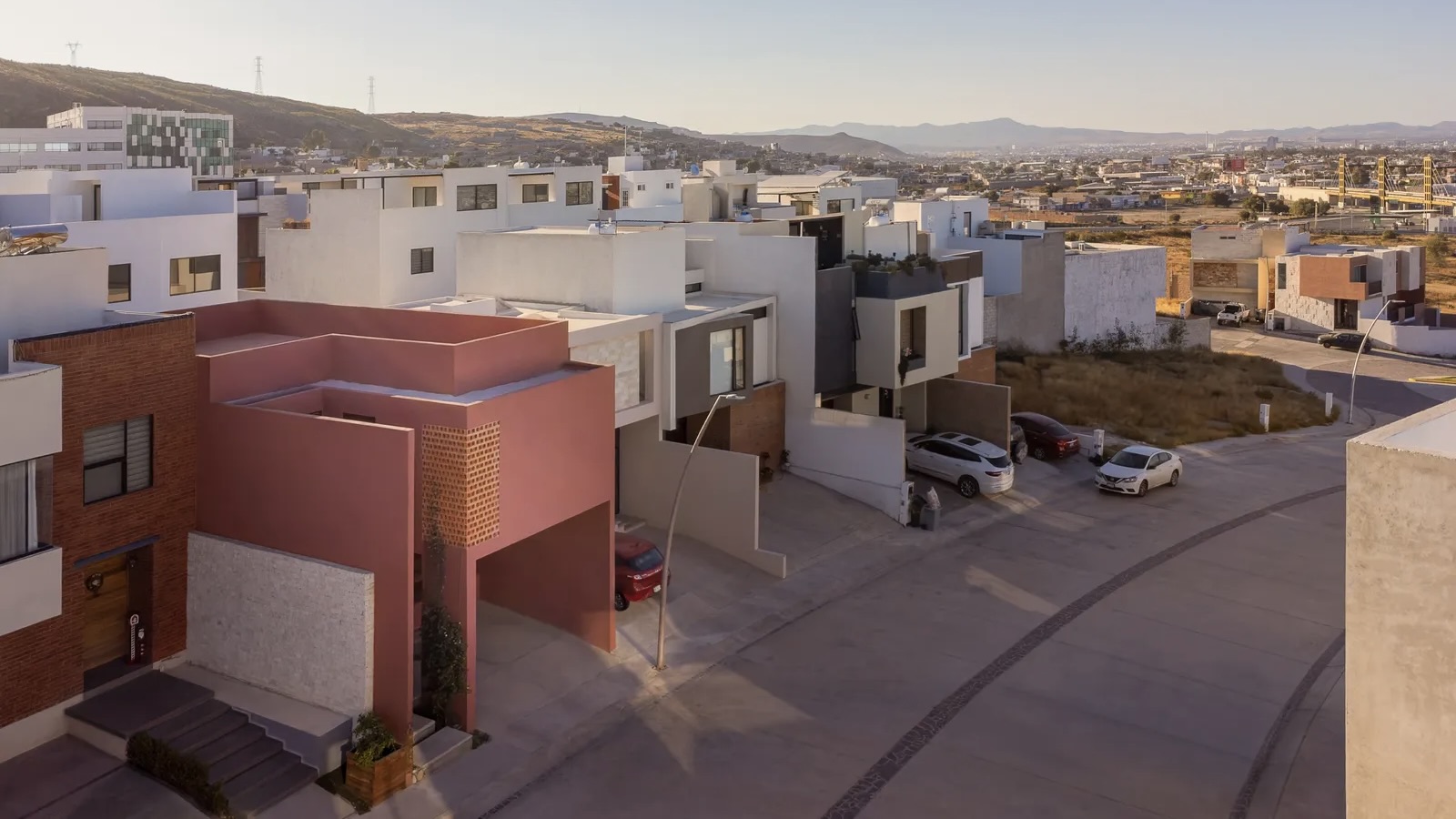 The Architecture Edit: Wallpaper’s houses of the month
The Architecture Edit: Wallpaper’s houses of the monthWallpaper* has spotlighted an array of remarkable architecture in the past month – from a pink desert home to structures that appears to float above the ground. These are the houses and buildings that most captured our attention in August 2025
-
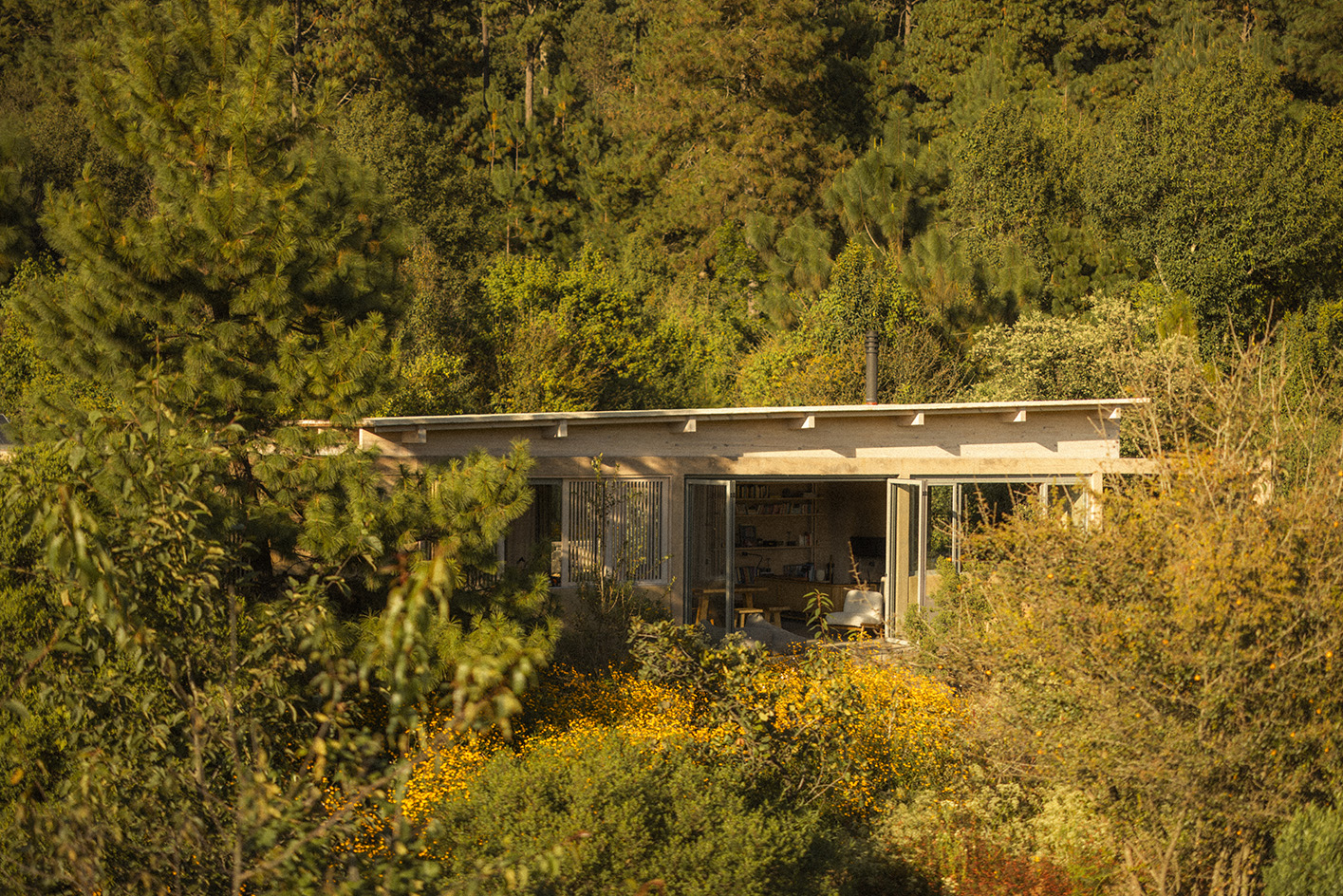 Estudio Ome on how the goal of its landscapes ‘is to provoke, even through a subtle detail, an experience’
Estudio Ome on how the goal of its landscapes ‘is to provoke, even through a subtle detail, an experience’The Mexico City-based practice explores landscape architecture in Mexico, France and beyond, seeking to unite ‘art and ecology’
-
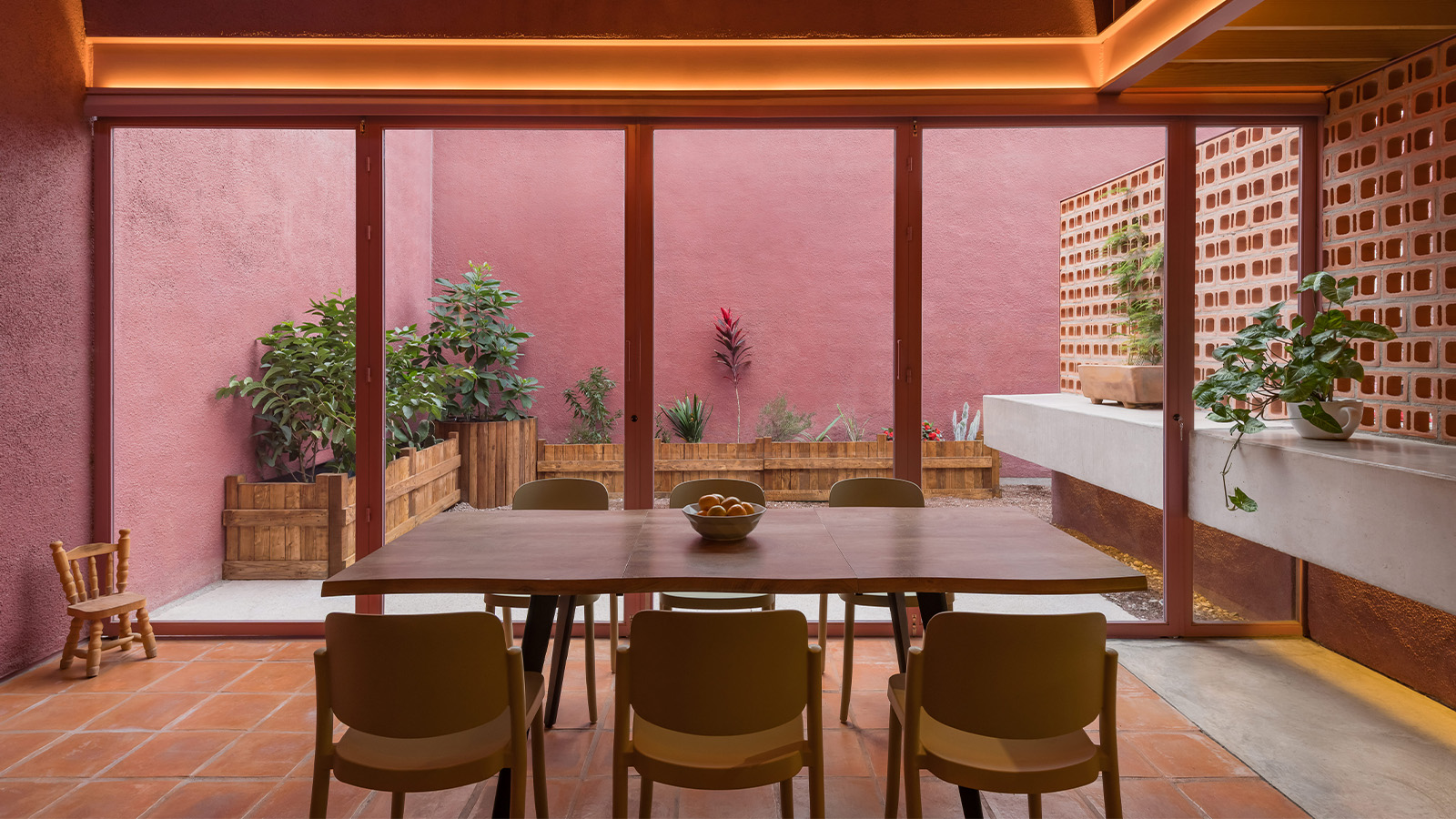 Pretty in cactus-inspired pink, this Mexican desert house responds to its arid context
Pretty in cactus-inspired pink, this Mexican desert house responds to its arid contextCasa Cardona, a pink house by architects Sensacional Dinamica Mexicana, is a multigenerational home that celebrates colour and changing light